5 Cities Hit the Least by Inflation Within the Last Year
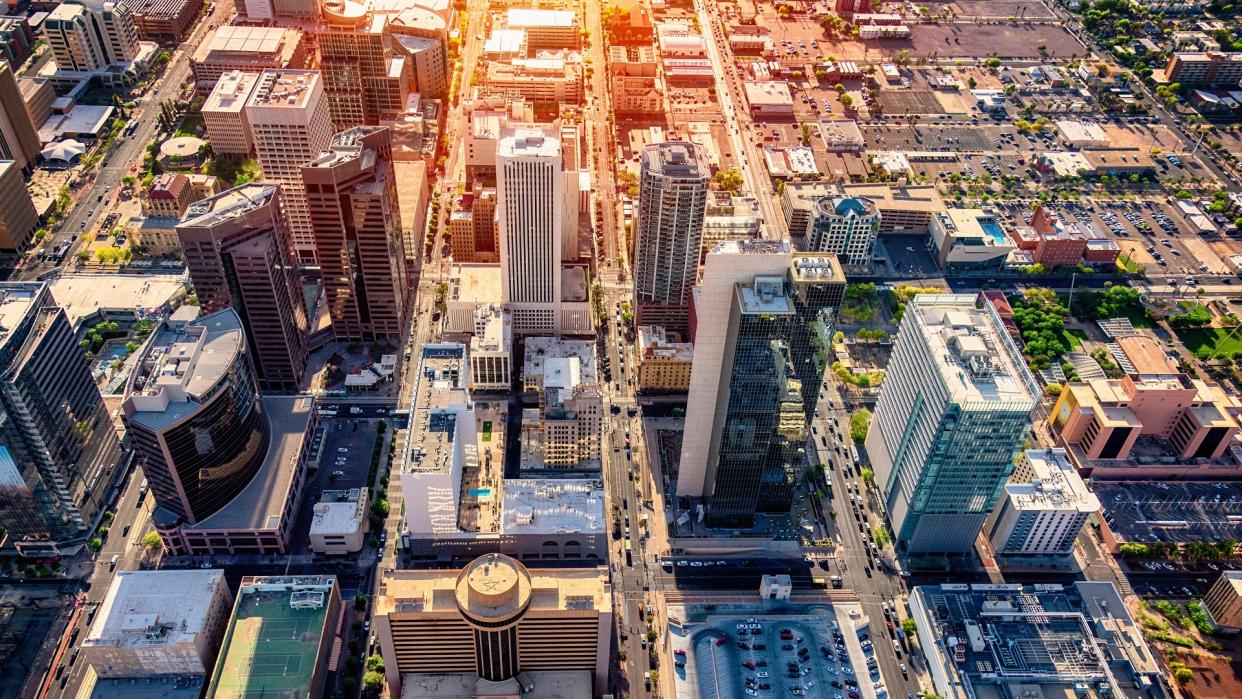
Many families in the United States have been feeling the pinch of rising prices for months now. It’s hard to get on social media without seeing someone talk about high prices and budgets being pushed to the max. And your location could have a big impact on just how much you’re feeling the squeeze.
Net Worth for US Families: How To Tell if You’re Poor, Middle Class, Upper Middle Class or Rich
Discover: How To Get $340 Per Year in Cash Back on Gas and Other Things You Already Buy
According to WalletHub, “The U.S. inflation rate hit a 40-year high after the pandemic but has since cooled significantly due to factors like the Federal Reserve rate hikes.” Still, the year-over-year inflation rate was at 3.5% as of March. With factors like the war in Ukraine and labor shortages, the rate is still above the target of 2%.
WalletHub also asked experts what factors they saw impacting the inflation rate. Gerald Friedman, a professor from the University of Massachusetts at Amherst, said “residual supply chain troubles contribute to this, although the largest factor is the strong economy with pressure on wages and opportunities for businesses to raise prices to increase profits.”
To better understand the impact on individual areas, WalletHub analyzed data related to the Consumer Price Index for 23 metro areas. The results showed the Dallas metro area saw the steepest increase in prices at more than 5%. That was much higher than the 1.7% for Anchorage, which saw the smallest increase among the areas included in their study. So, which major cities were impacted least?
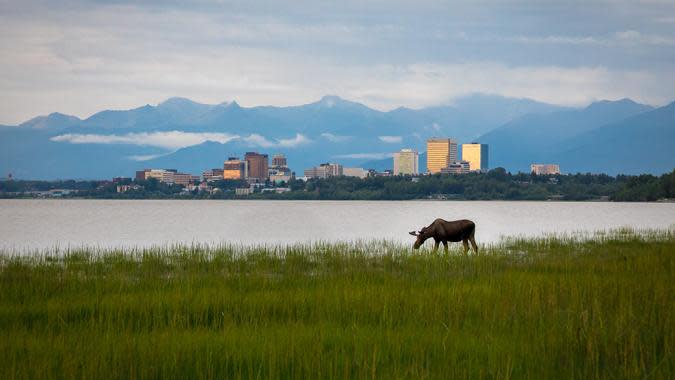
Anchorage — Up 1.7%
If you’ve ever thought about moving to Alaska, here’s another reason to go. Out of the areas studied, Anchorage saw the lowest rate of inflation early this year compared to early 2023. However, that doesn’t mean everything was cheaper. In fact, according to MarketWatch, “the cost of shelter was up by 2.6% in February, but grocery prices saw a minor decline of 0.1%, new — and used — car prices fell by 5.9% and prices for household furnishings and maintenance were 3.5% lower.”
Explore: 6 Reasons the Poor Stay Poor and Middle Class Doesn’t Become Wealthy
Compare: How Far a $100,000 Salary Goes in America’s 50 Largest Cities
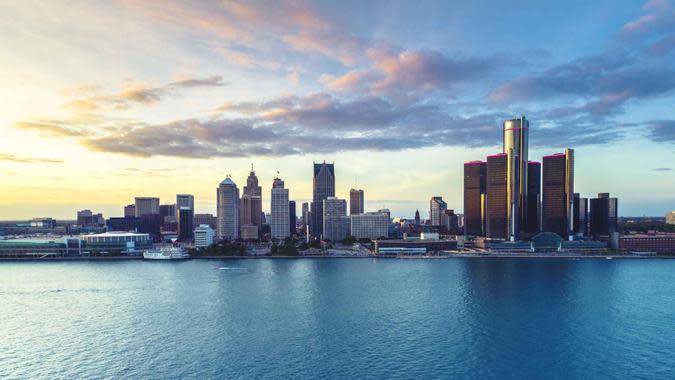
Detroit — Up 2.8%
Detroit also makes the list of cities hit the least by inflation within the last year. It was up 2.8% compared to the same time last year. Detroit has seen some tough economic times recently with instability in the auto market. Still, inflation seems to be generally in check for now.
Net Worth for Baby Boomers: How To Tell Whether You’re Poor, Middle Class, Upper Middle Class or Rich
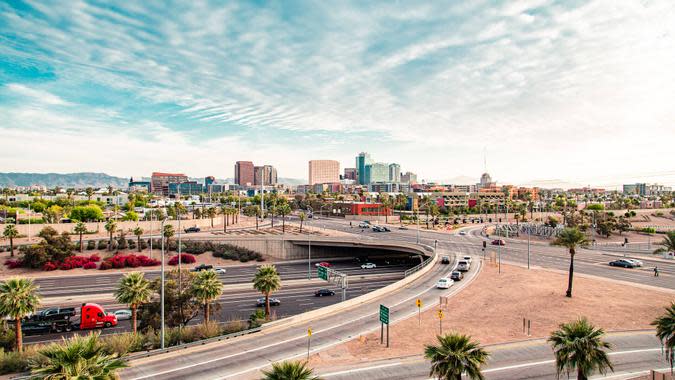
Phoenix – Up 2.2%
You may have noticed the metro areas on this list are not located in one part of the country. For the third city hit the least by inflation, we head to Arizona. Phoenix made the list because of smaller increases in prices compared to other cities. For instance, food prices here increased by only 1% year over year. As for energy prices, they only rose 0.5%.
One key area to look at with Phoenix is shelter prices. They were up 2.7%. That smaller number came as Phoenix saw a pretty major slowdown in home sales and rent prices cooled off.
Learn: Here’s What the US Minimum Wage Was the Year You Were Born
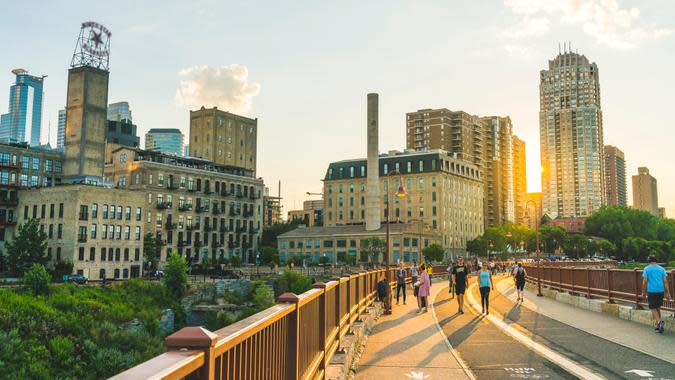
Minneapolis — Up 2.7%
Let’s head back to the Midwest for another city that was hit the least by inflation within the last year. Minneapolis saw about a 2.7% increase. Detroit has seen increased prices for things like eating out and housing. It just hasn’t seen the big increases that other metro areas have experienced.
Read More: 6 Industries That Won’t Exist by 2040

Denver — Up 2.8%
The story in Denver is similar to that in Minneapolis and Phoenix. Denver residents saw prices in the last year increase about 2.8%. According to the U.S. Bureau of Labor Statistics, food prices were up about 2.5% in Denver, thanks mainly to an increase in eating out. However, energy prices in the Denver area fell more than 5%.
More From GOBankingRates
This article originally appeared on GOBankingRates.com: 5 Cities Hit the Least by Inflation Within the Last Year
